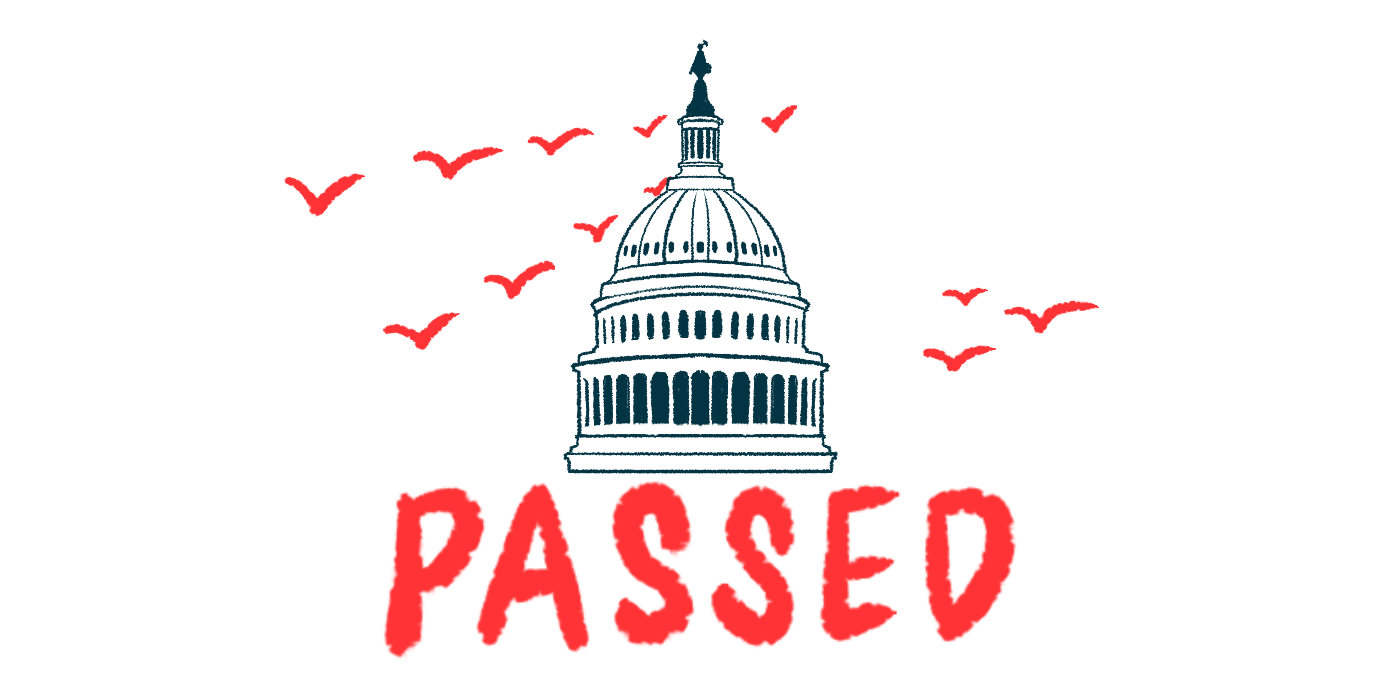US Inflation Reduction Act Will Bring Change to Rare Disease Costs
The legislation is designed to lower the price of insurance and many prescriptions
Written by |

The Inflation Reduction Act, a large bill designed to tackle healthcare costs as well as climate change and inflation, was passed by the U.S. Congress and awaits the president’s signature this afternoon, making it law.
In a recent statement, the National Organization for Rare Disorders (NORD) highlighted that some of these legislative changes could significantly affect the more than 25 million Americans living with a rare disease, including those with Lambert-Eaton myasthenic syndrome (LEMS).
The bill includes caps on annual out-of pocket prescription costs for patients on Medicare and extends a tax credit program to lower the cost of health insurance. It also maintains the Orphan Drug Tax Credit (ODTC), a federal tax credit aimed at incentivizing pharmaceutical companies to develop treatments for rare diseases.
It was passed by the U.S. Senate on Aug. 7 by a single vote, 51–50, and the House of Representatives on Aug. 12 by 220–207.
What the act does
“The Inflation Reduction Act is a significant step forward in helping ensure that individuals and families with rare diseases have access to the comprehensive health care they need to survive and thrive,” NORD said in a press release.
Prescription drug reforms under the bill could affect how much rare disease patients pay for their medications. The bill places a $2,000 annual cap on out-of-pocket prescription costs for people insured by Medicare, a federal health insurance program for people ages 65 and older. That change is phased in gradually, with the full effect in 2025. Medicare will also be allowed to negotiate prices for certain medications.
Health insurance subsidies, which were set to expire at the end of the year, will now also be extended for another three years.
As part of this extension, some households purchasing insurance through the federal insurance marketplace will continue to be eligible for an advanced tax credit to go toward lowering monthly insurance premiums. Eligible households include those with an income from 100% to 400% of the federal poverty line, which sits at $27,750 for a four-person family, or those with an income above 400% whose insurance costs are more than 8.5% of their income.
NORD said that maintaining ODTC under the new law is a significant benefit for the rare disease community. ODTC was enacted in 1983 to encourage the development of therapies for rare, or orphan, diseases — those affecting fewer than 200,000 people in the U.S. Initially providing a 50% tax credit for clinical trials for rare diseases, the credit was cut to 25% in 2017.
Last fall, Congress considered additional changes to the ODTC that would restrict the applicability of ODTC to the first orphan indication of a new medication, and not subsequent ones.
“We advocated tirelessly on behalf of the over 25 million Americans with a rare disease to preserve this critical incentive when significant changes to the ODTC were considered by Congress last fall,” NORD stated.
Now, the 25% incentive will be maintained under the Inflation Reduction Act.
“We applaud the federal commitment shown to ensure access to safe and effective treatment for rare disease populations is maintained, and future research efforts for new therapies are incentivized by protecting the ODTC,” NORD stated.
Despite the inclusion of these provisions in the Inflation Reduction Act, NORD said that “the work of … leaders on Capitol Hill is not done.
“NORD has elevated rare community voices for generations, and we will continue to work closely with lawmakers in Congress and the Biden Administration on the implementation of this legislation and on future efforts to improve the lives of people living with rare disorders.”






